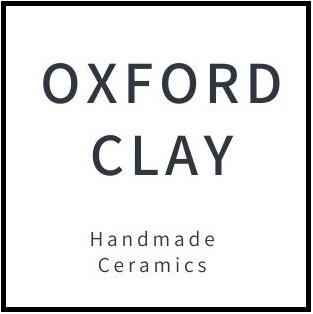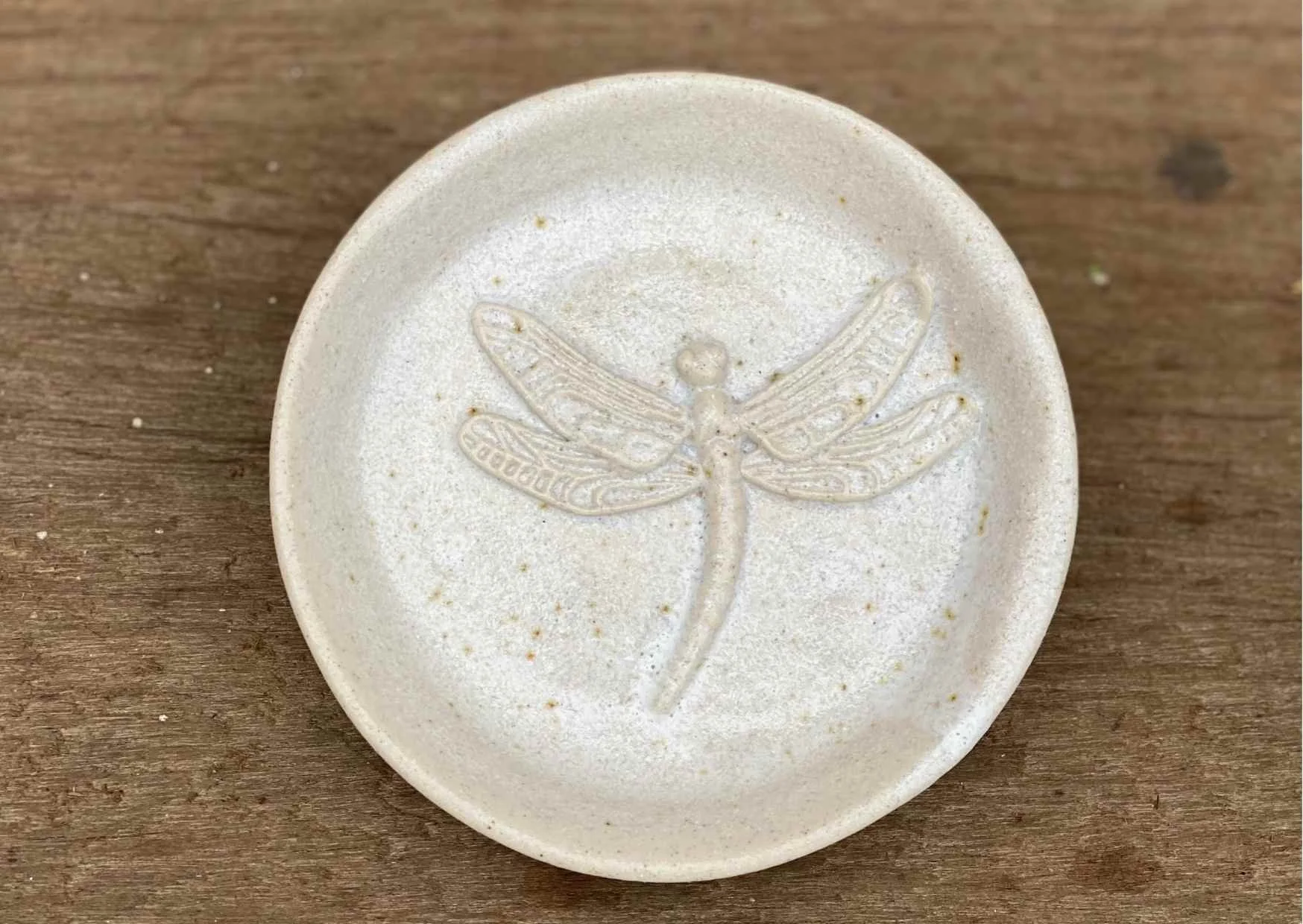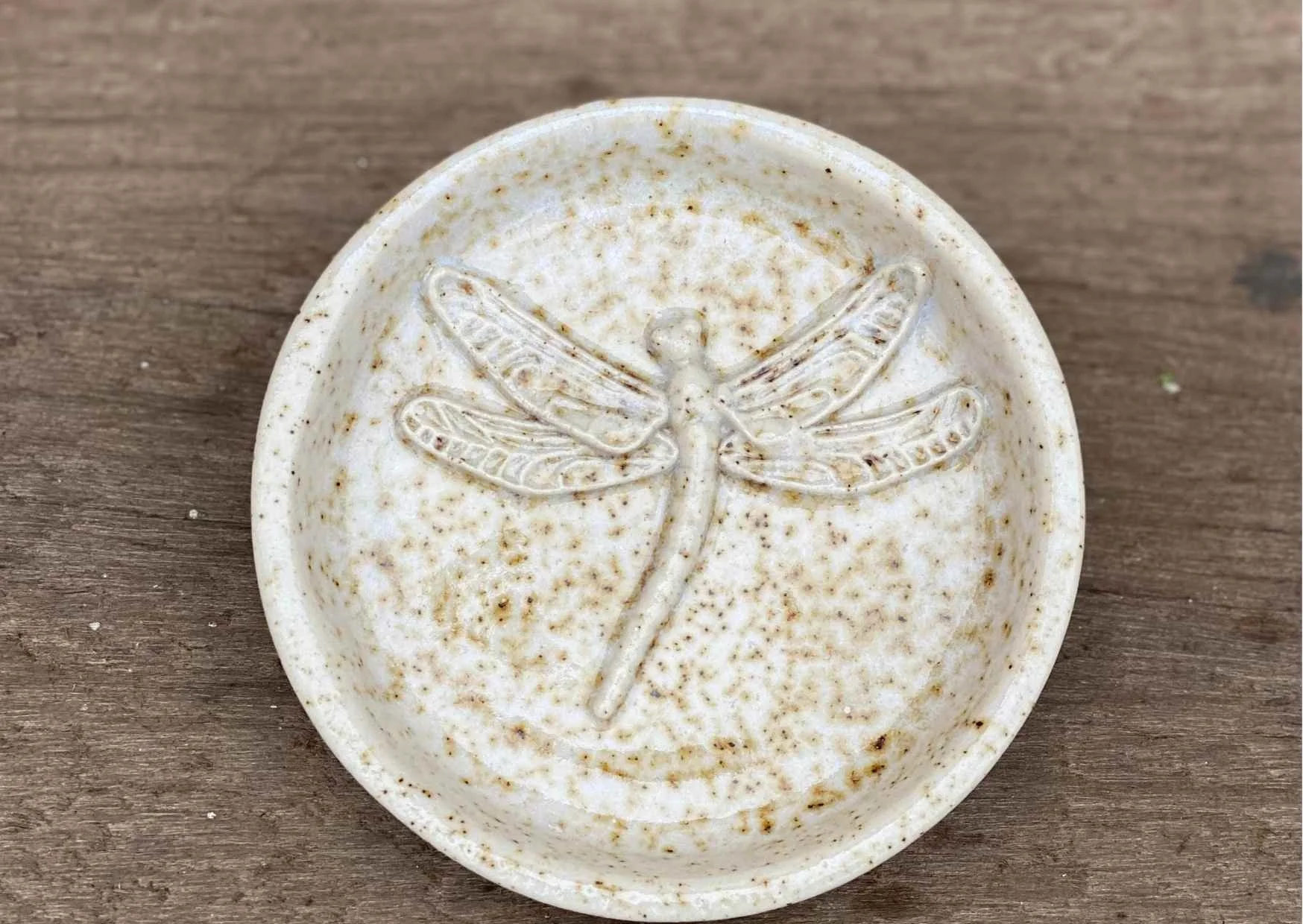Making Pottery Glazes From Plant Ashes
Did you know that pottery glaze can be made from wood and plant ashes? If ash is heated to very high temperatures it actually melts into a pottery glaze! This way of glazing has been practiced for thousands of years.
It’s such an exciting area of pottery to experiment with because each plant ash glaze is completely unique, even if the same base glaze recipe is used. This is because the chemical composition, mineral and trace metal content of each plant is totally different.
How to make a glaze from wood and plant ashes
Step 1 - Collect and dry the plant
The plant must first be harvested and thoroughly dried out. In the book ‘Natural Glazes: collecting and making’, ceramic artist Miranda Forrest advises collecting vegetation in the wintertime when it has naturally died back and dried (1).
You can also use fallen leaves to make pottery glazes! Plants naturally discard fallen leaves during their growing cycle, are abundant and can be sourced locally, reducing the carbon footprint of pottery glaze-making. In the book ‘Leaf Ash Glazing: A Guide to Sustainable Pottery Glazing with Fallen Leaves’ you can learn how to make a stoneware, high-fire pottery glaze from fallen leaves.
Step 2 - Burn the plant into ash
The plant must then be burned. I use a small metal garden incinerator for this as it keeps the ash well contained. I always burn plants outside to ensure the fire has adequate ventilation so full combustion can occur. Incomplete combustion causes carbon monoxide to be produced which is dangerous to inhale.
It’s a great idea to burn plants on a very still day as the fine ash can easily blow away.
Step 3 - Sieve the ash
When the plant ash has cooled, I sieve it through a 100 mesh size sieve. I wear an FFP3 respirator mask whilst doing this to protect my lungs and eye goggles to protect my eyes. I also never let the ash touch my skin as ash is caustic and can irritate your skin.
Step 4 - Mix the glaze ingredients and sieve
I then mix up the glaze with recycled rainwater. Again, I always wear an FFP3 respirator mask when mixing up glazes. I have found that ash glazes often work best when they are thicker so I add slightly less water than I do when making up other glazes.
Once all the ingredients are mixed, I sieve the glaze again through the 100 mesh size sieve. Sieving the glaze at this stage creates a very smooth glaze that applies well to bisqueware pottery.
I love experimenting with different plant ashes and the glazes they make. Here are some recent experiments I’ve made with a base glaze of quartz, cornish stone and plant ash.
The recipe below is from the books:
Leaf Ash Glazing: A Guide to Sustainable Pottery Glazing with Fallen Leaves
In each of these books I used the same recipe but switched the plant ash used each time to create lots of different glazes.
This recipe used for these glazes is:
40 parts - Cornish Stone
40 parts - Plant Ash
20 parts - Quartz (powdered)
Water
Fig leaves
This glaze was made with fig leaves that had fallen off the tree in autumn - it’s shiny and slightly cream coloured with faint brown speckles.
Comfrey leaves and stems
This glaze was made with comfrey plant leaves and stems that had died back in early winter - it’s a white colour with a matt surface.
Black Bean pods
This glaze was made with Black Bean pods after the dried beans had been shelled. It’s shiny and very speckled, indicating a high presence of trace metals in the bean pod ash.
All of these pots were fired twice in an electric kiln. The first firing was to bisque firing temperatures, the next firing after glazing was to stoneware glaze firing temperatures. You can download the exact kiln firing schedule used below.
Learn more about making eco-conscious pottery glazes from plant wood ash in these books
References:
Forrest, M. 2013. The New Ceramics: Natural Glazes: Collecting and Making, Philadelphia: University of Philadelphia Press






A guide to colouring ceramics with scrap metals, glass, plant ash and clay
Commercial metal oxides normally used to colour pottery are among the least environmentally friendly pottery materials. But what if it was possible to colour ceramics without using these? This book will show you how!
Learn four innovative eco-conscious ways of creating colour in ceramics by:
Recycling scrap copper wire into verdigris, and rusty iron into iron oxide.
Repurposing the colouring oxides in scrap glass.
Making pottery glazes from plant ashes containing naturally occurring metal oxides.
Using metal-rich clays to colour glazes.
Includes 80 stoneware pottery glaze recipes made with eco-conscious colourants (fire to 1260 °C / cones 7- 9).
Perfect for those new to pottery and experienced Potters who want to learn how to colour their ceramics more eco-consciously.
The book is in PDF format and is delivered via a digital download.